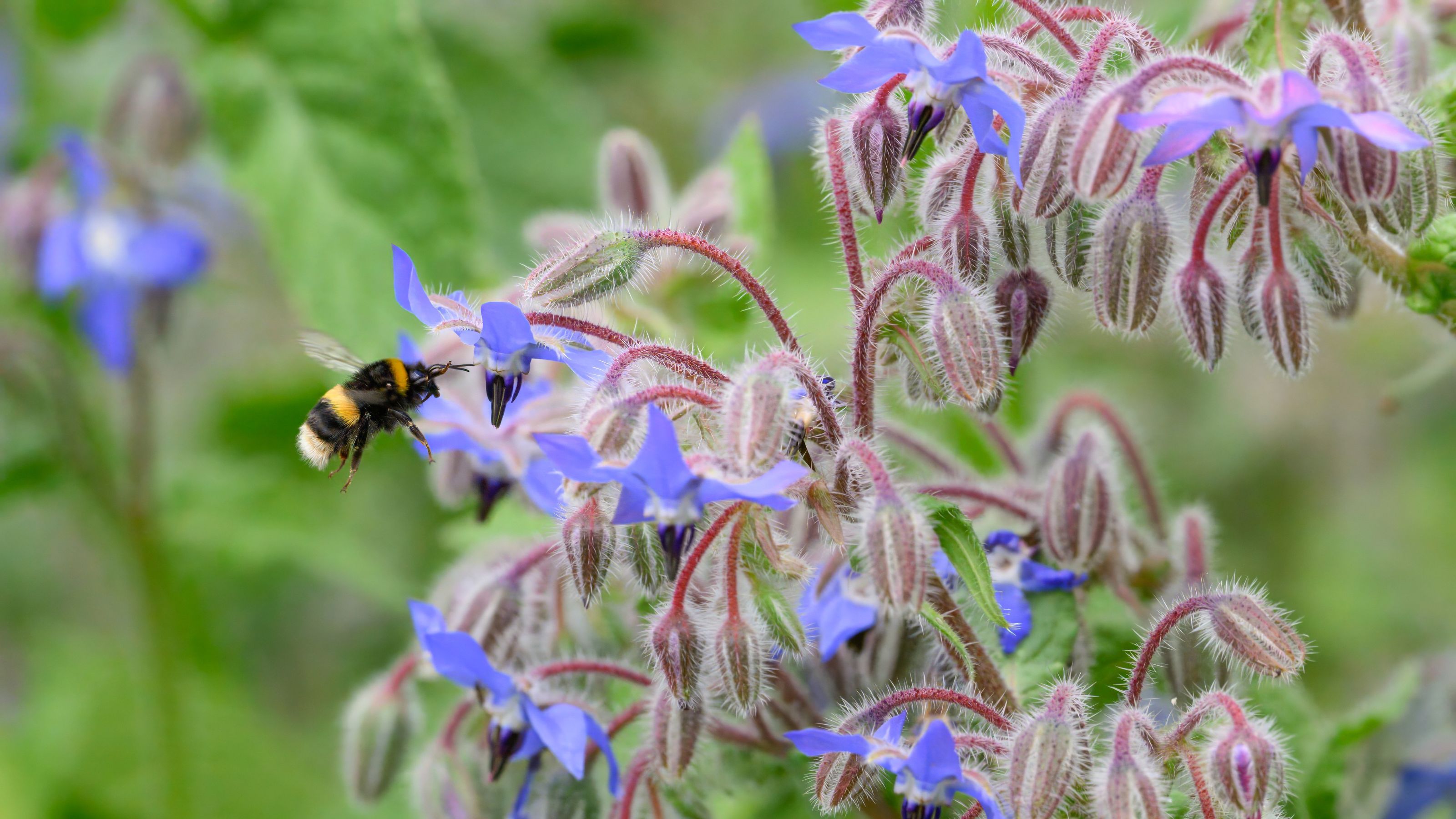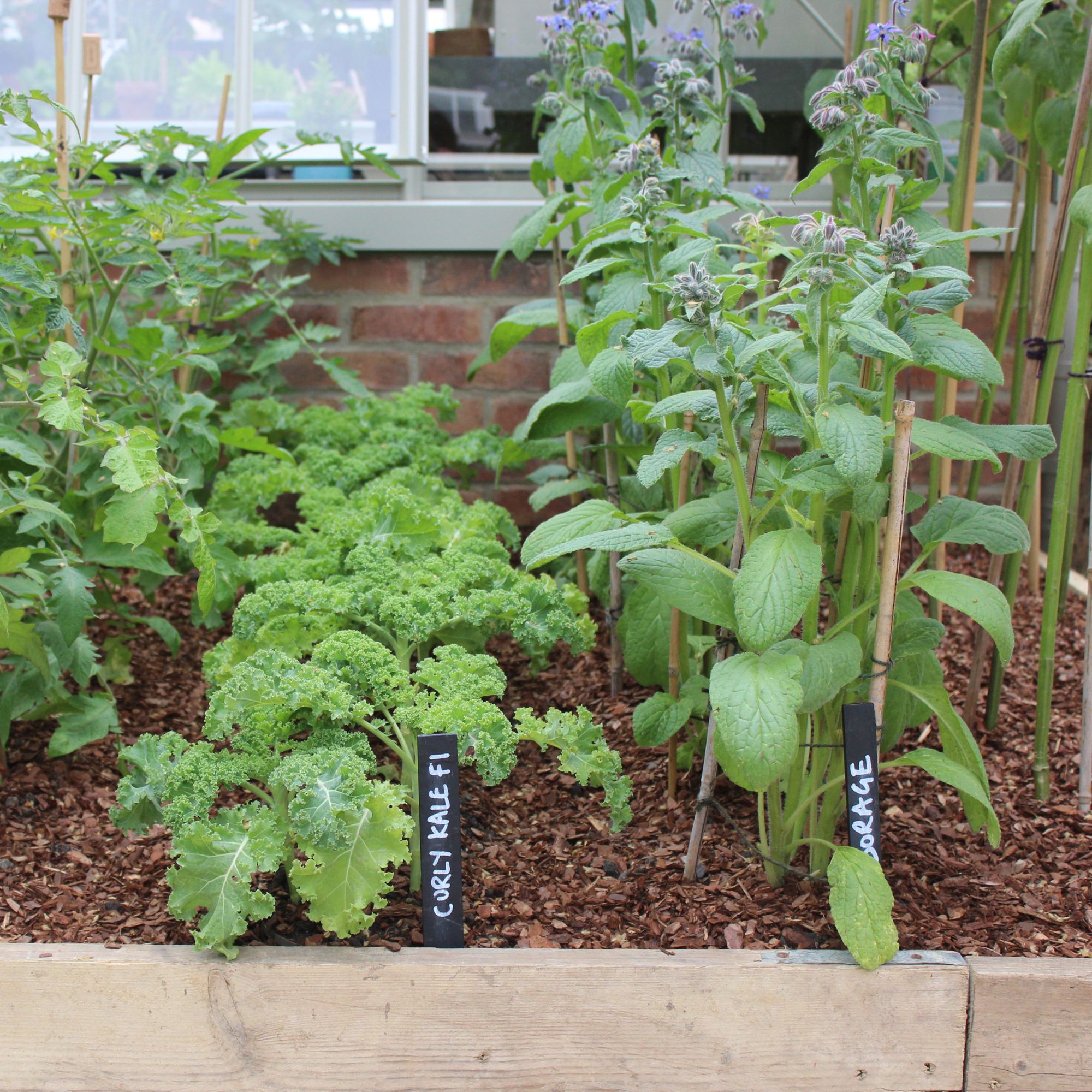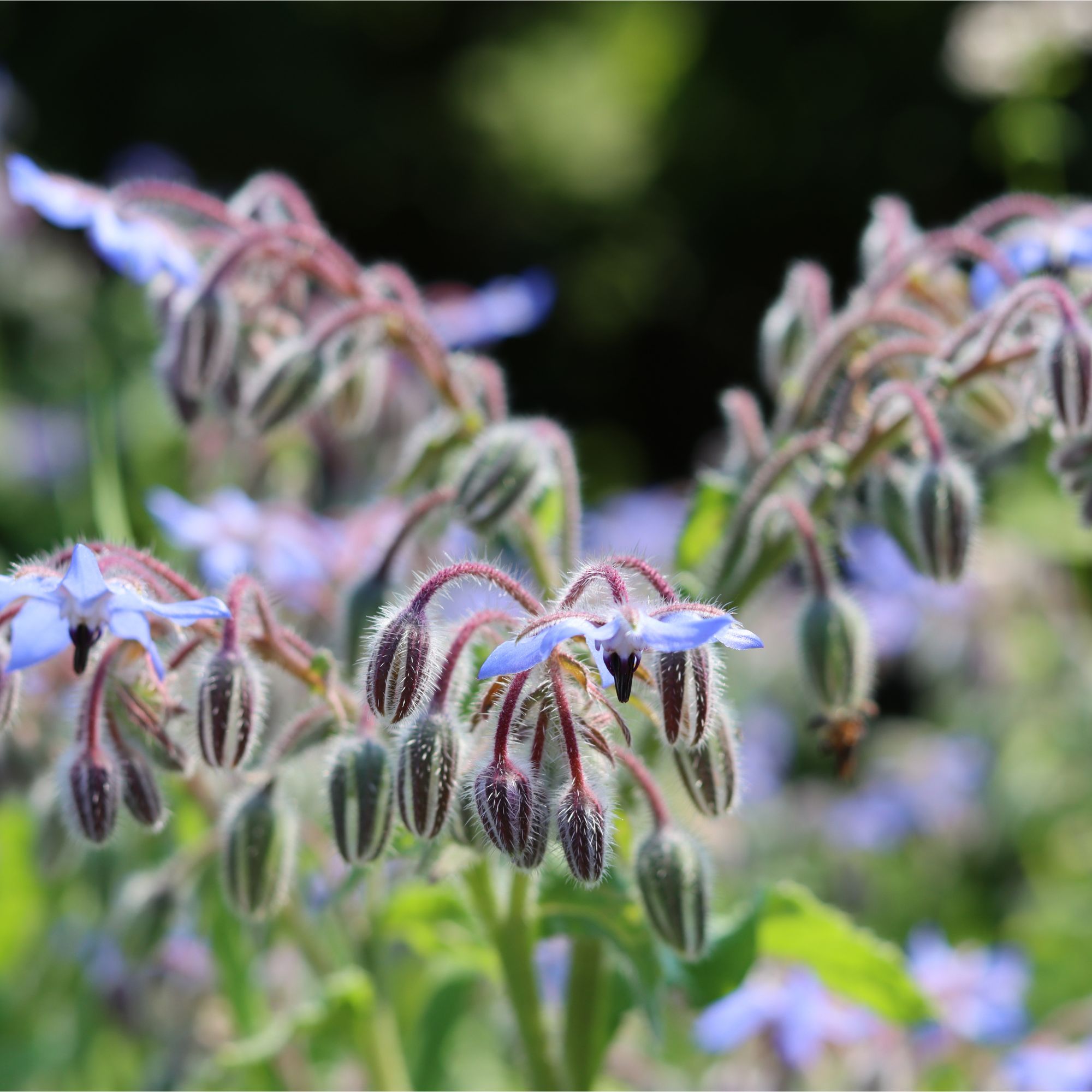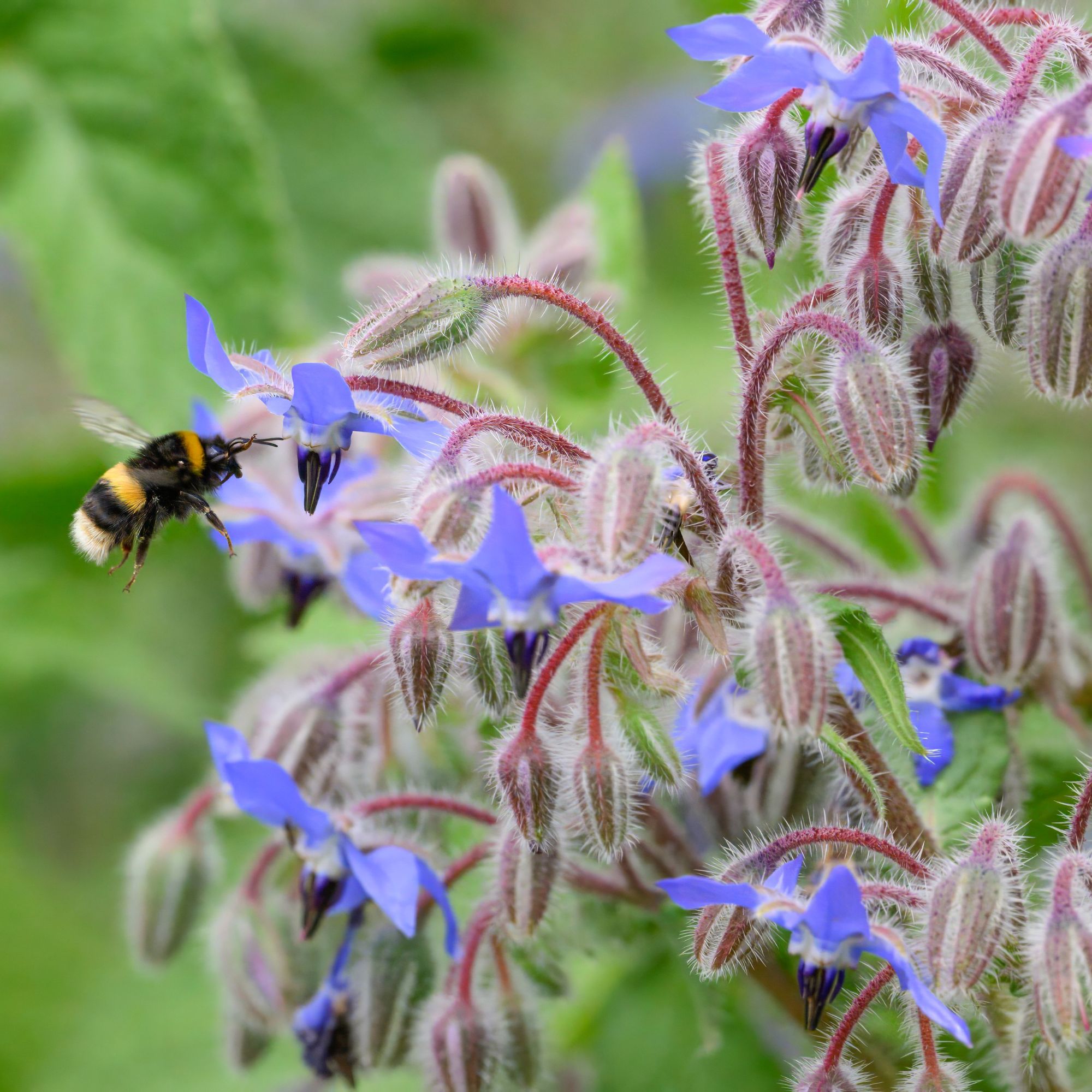How to grow borage – planting, watering and harvesting the herb that bees love
It's delicious in salads, too!


Looking for a herb that’s beautiful and loved by bees? Learn how to grow borage and you’ll be rewarded with delicate blue flowers that taste great in salads.
Borage is an asset to every herb garden idea; it’s easy to grow, delicious in various dishes, and a little different to the more traditional herbs we grow here in the UK.
If you’re keen to learn how to grow borage yourself, I’ve put together a growing guide with the help of some trusted garden experts. You’ll find planting, watering and harvesting tips below.
What you'll need
- Borage seeds, like Borago officinalis seeds from Thompson & Morgan
- Some snips like these Spear & Jackson Razorsharp Precision Snips from Amazon
- A watering can like the Hardys 5L Watering Can from B&Q
Step-by-step
1. Choose the right spot

Although you can grow borage in pots, Mr Fothergill’s seed manager, Rachel Cole, recommends growing the herb in garden borders or beds instead.
‘This tall, striking herb can grow up to 60cm and is best planted directly into the ground rather than in pots, where it has ample space to flourish,’ she says. ‘It prefers a sunny spot with well-drained, light soil.’
Borage is one of the best companion plants for strawberries, so it's worth planting it close to your strawberry plants.
2. Sow the seeds

Borage is generally grown from seed, and it’s pretty easy to get it started.
Sign up to our newsletter for style inspiration, real homes, project and garden advice and shopping know-how
‘Sow seeds directly into well-drained soil in spring, spacing them around 30cm apart,’ says Kate Cotterill, director of heirloom seed company She Grows Veg.
It can take a week or two for seedlings to appear, but Easy Garden Irrigation’s gardening and greenhouse expert Lucie Bradley has a clever way of achieving faster results.
‘You can speed up germination by refrigerating the seeds for two weeks prior to sowing,’ she says.
Bees love borage, so it's a great wildlife garden idea, too.
3. Thin the seedlings out

Borage grows quickly and needs plenty of room, so you’ll need to thin the seedlings out.
‘Once the seedlings appear, thin them out to approximately 60cm apart to give each plant sufficient room to grow,’ advises Rachel.
Spacing is crucial if you want healthy plants. ‘Adequate spacing will help with airflow to help combat powdery mildew, which is one of the few diseases that can affect borage,’ says Lucie.
4. Don't overwater or overfeed

When given enough room to grow, borage is a low-maintenance herb and doesn’t require much in the way of fertiliser.
‘Borage requires minimal feeding, as too much fertiliser can lead to more leaves and fewer flowers,’ explains Kate from She Grows Veg.
You’ll need to keep up with a consistent watering schedule, though. ‘Water regularly, especially during dry spells, but avoid waterlogging,’ Kate says.
5. Harvest the flowers and leaves – and enjoy!

Borage matures quickly, which means you’ll usually be able to harvest after eight weeks.
‘Once the plants are about eight weeks old, you can start to harvest the leaves, stems and gorgeous sky blue flowers,’ says Lucie. ‘Use a sharp pair of scissors or snips when harvesting, and only pick what you need, as borage is best eaten fresh.’
It’s best to pick the younger leaves. ‘These will be tender and won't be as bristly as the older leaves,’ Lucie explains.
Just note that borage isn’t suitable for consumption by those who are pregnant or breastfeeding.
FAQs
What should not be planted next to borage?
Although borage is a great companion plant for strawberries and a range of other plants, there are a few combinations you should avoid.
‘Avoid planting borage near potatoes,’ warns Rachel from Mr Fothergill’s. ‘If the potatoes develop blight, it can quickly spread to borage and cause the plant to die.
‘Fennel is another plant to steer clear of, as it doesn't play nicely with borage.’
In fact, fennel is one of the key herbs you should never plant together with other varieties.
What parts of borage are edible?
We’ve already covered leaves as one of the main edible parts of borage, but you can enjoy the flowers, too.
‘The vibrant blue flowers are edible and can be used in salads or frozen into ice cubes for a pretty twist on summer drinks,’ says Kate from She Grows Veg.
The stems are also edible. ‘You can cook the stalks just like any other vegetable, but it’s best to scrape off the prickles before cooking,’ advises Lucie from Easy Garden Irrigation.
So, that's how to grow borage! It's really simple, and it's well worth it for showstopping salads and garnishes.

Sophie joined the Ideal Home team as Gardens Editor in June 2024. After studying English at Royal Holloway, University of London, she began writing for Grow Your Own, which spurred on her love of gardening. She's tried growing almost every vegetable under the sun, and has a soft spot for roses and dinnerplate dahlias.
As Gardens Editor, Sophie's always on the lookout for the latest garden trend. She loves sharing growing hacks for every space, from herbaceous borders to balconies.